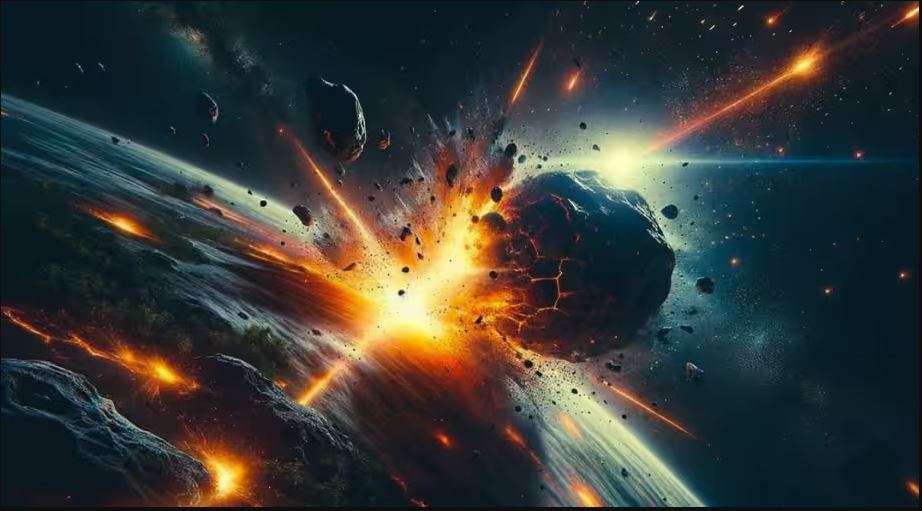
In an intriguing turn of events, NASA has issued a noteworthy alert about a massive asteroid named 2024 ON, hurtling towards Earth at a breathtaking speed. This colossal space rock, measuring 720 feet in diameter—more than twice the length of two cricket pitches—is set to make a close pass by our planet on September 15, 2024. Despite maintaining a safe distance of approximately 620,000 miles—about 2.6 times the distance from Earth to the Moon—its rapid velocity of 25,000 mph has captured widespread attention.
NASA: Monitoring and Research
Discovered by NASA’s Near-Earth Object Observations Programme, asteroid 2024 ON is being meticulously monitored due to its impressive size and velocity. The Jet Propulsion Laboratory (JPL) in Pasadena, California, plays a crucial role in tracking this space rock using cutting-edge radar and optical telescopes. Ongoing analyses aim to determine the asteroid’s size, shape, and composition to evaluate any potential risks and develop possible mitigation strategies. Despite its formidable speed and size, the likelihood of a collision with Earth remains minimal. NASA’s Planetary Defense Coordination Office (PDCO) underscores the importance of preparedness, focusing on identifying, tracking, and devising methods to deflect or mitigate potential space threats.
International Collaboration and Public Engagement
In a bid to understand more about this asteroid, NASA is collaborating with international agencies, including the European Space Agency (ESA). This global effort is essential for studying the asteroid’s composition, which sheds light on the materials comprising these celestial objects and provides insights into the early formation of our solar system. The collaboration underscores the significance of international teamwork in space exploration and planetary defence.NASA is committed to keeping the public informed through regular updates on its website and social media platforms. Skywatchers in the Northern Hemisphere will have the chance to view the asteroid’s approach, with live coverage available from the Virtual Telescope Project. As September 15 approaches, scientists and researchers will continue to gather data, enhancing our understanding of the cosmos and the dynamic forces shaping it. Studying such asteroids offers invaluable insights into the history of our solar system, formed over billions of years.





